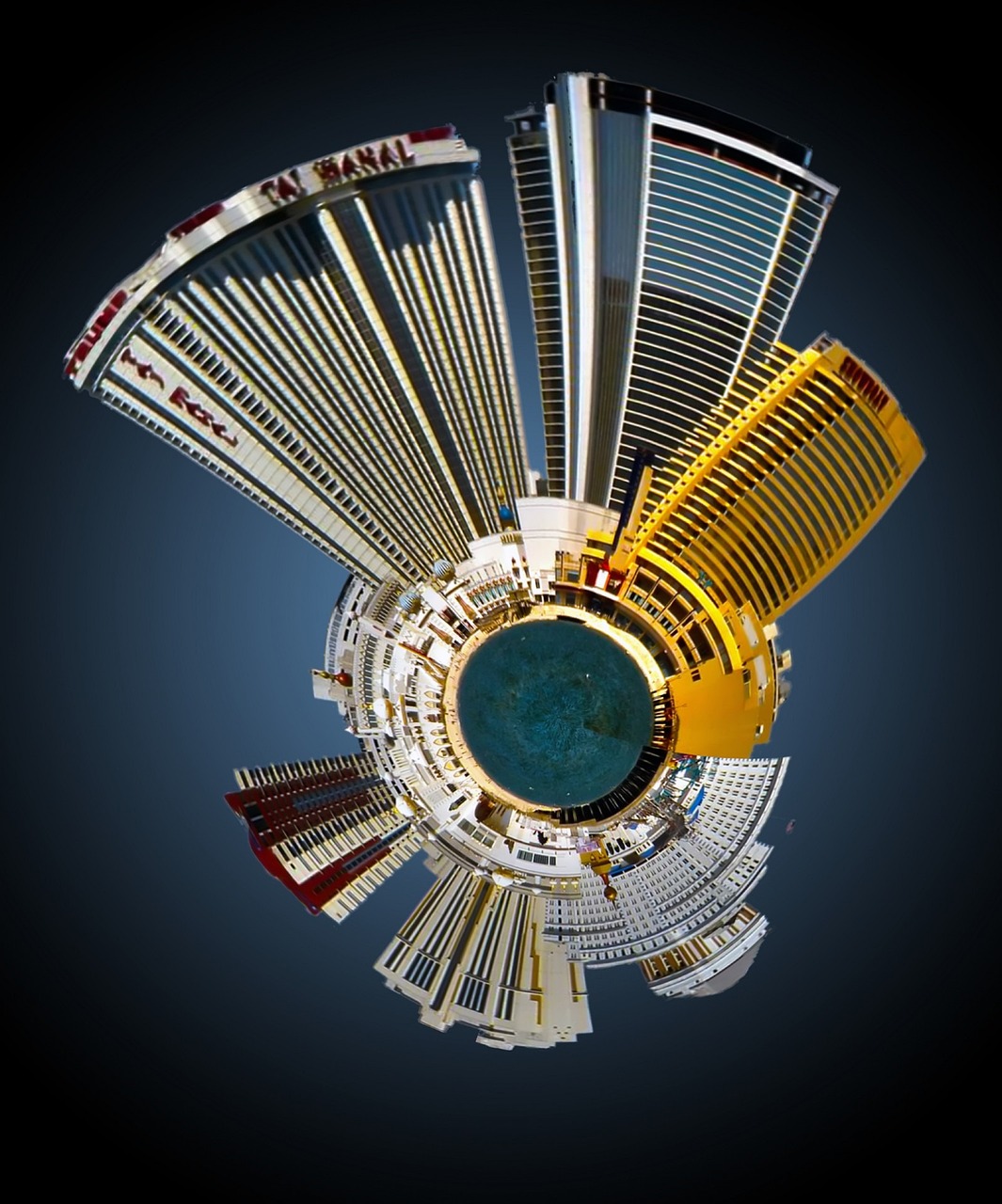When it comes to baseball, the field is more than just a patch of grass and dirt; it’s the canvas upon which the game unfolds. Whether you’re a sports turf manager responsible for a professional baseball stadium or a homeowner looking to keep your backyard diamond in top shape, the key to success lies in proper maintenance.
Jeff Fowler, the District Director of Penn State Extension and the Academic Representative for the Sports Turf Managers Association, has shared a set of guidelines that not only enhance the quality, maintenance, and safety of sports fields but can also be applied to your very own lawn.
Soil Health: The Foundation of a Winning Field
Imagine your soil is the lifeblood of your baseball field. Just as regular blood pressure checks provide insights about our health, conducting an annual soil test reveals crucial information about the soil’s condition. Jeff Fowler aptly compares soil testing to a medical diagnosis for your soil’s well-being. Neglecting a soil test is like guessing your health needs without medical advice – it could lead to unnecessary expenses and treatments.
A soil test reveals essential information about your field’s nutrient levels and pH balance. Armed with this knowledge, you can tailor your maintenance plan to provide precisely what your field needs to thrive. Over-fertilizing, like unnecessary medical treatments, can be costly and detrimental. It takes the time to test your soil and apply what is needed for optimal grass health and performance.
Grade Your Infield: Ensure Proper Drainage
One of the critical aspects of maintaining a baseball field, whether professional or recreational, is ensuring proper infield grading. This infield dirt should be appropriately leveled to allow water to drain away naturally instead of collecting in troublesome puddles. Fowler notes that this simple adjustment not only enhances field access but also prevents puddles from forming, which is a common reason why games get called off.
The frustration of players and spectators when a game is delayed or canceled due to waterlogged infields. Proper grading minimizes this risk, making your field more reliable for play. To achieve the right slope and avoid the headache of puddles, invest in grading your infield.
Rake and Drag: Post-Game Field Maintenance
After every game or practice session, it’s crucial to perform post-game field maintenance. This step ensures that your baseball field remains in top condition throughout the season. Taking and dragging the field might seem like a simple task, but it plays a significant role in preserving the field’s integrity.
Raking helps distribute loose dirt evenly, filling in any divots or holes left behind by players. It also keeps the surface smooth and safe for play. Dragging the field further refines the surface, creating a consistent and well-groomed appearance.
THE addition to these immediate benefits, regular raking and dragging can help prevent the accumulation of excess wear and tear on the field. It’s all about taking proactive steps to maintain the quality of your baseball field over the long term.
Conclusion
Whether you’re managing a professional baseball stadium or simply striving for the perfect backyard diamond, Jeff Fowler’s guidelines for baseball field maintenance are invaluable. Testing your soil’s health, grading your infield for proper drainage,
The performing post-game maintenance with regular raking and dragging are key to ensuring the optimal quality, safety, and appearance of your baseball field. Just as a baseball team needs a winning strategy, your field deserves a winning maintenance plan. gear up, put on your groundskeeper’s cap, and get ready for a season of baseball that’s as beautiful as it is competitive.










